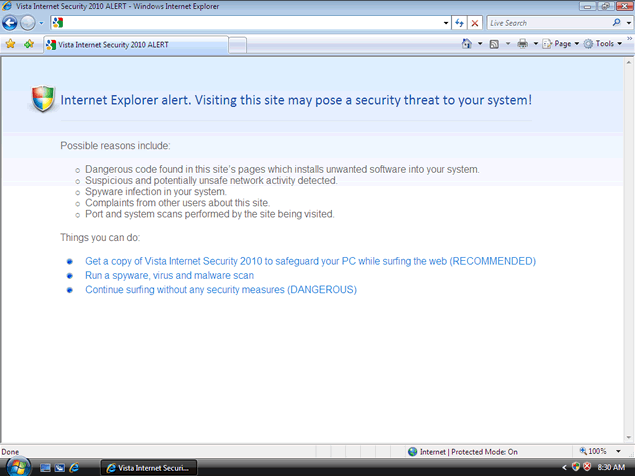

Rm -f filename.txt : deletes filename.txt, won’t ask for confirmation before deleting. Rm filename.txt : deletes filename.txt, will more than likely ask, if you really wish to delete it

Numeric Permissions:ĬHMOD can also be attributed by using Numeric Permissions:ĬHMOD 755 /home/aquhome/public_html/index.php X – Executes or run the particular file as a program. Netstat -an : displays all connections to the server.Ĭhown : command to change the owner of a fileĬhown newowner.newowner filenamesĬhown -R aquhome.aquhome /home/aquhome/public_html/index.phpĬhmod : permissions filenames Permissions: Netstat -rn : displays routing tables for IP’s. Netstat : displays all current network connections Kill -9 : You can get a PID by using Top.Ĭp yourfile py : copies yourfile to pyĬp –a /home/aquhome/public_html/* /home/aquhome/public_ftp/ : it copies all files in public_html to /public_ftpĭu –sh : displays a summary of total disk space in the current directory along with the subdirectories in human readable form Kill : terminates a particular system process Touch index.html : creates an empty index.html Ps : displays the processes that are running. W : shows ip address of the person and who has logged in currently. Top : shows endlessly updating system processes in a table. Wall so whens the server being restarted?

You can delete the link without deleting the original. Ln –s /usr/local/apache/conf/nf /etc/nf : it will allow you to edit the /etc/nf instead of the original, changes will apply to the original immediately. Ln : Makes sys links between the files and directories Vi /home/aquhome/public_html/index.php : Editing that index.php file again Vi : it will show an advanced editor, having tons of features, but harder to use then nano Ls –l : it will show all the files with detailed attributes Ls: this command lists files and directories in a directory Mkdir aquhome : Creates a directory aquhome in the current directory you are.ĭf -h : It is to show you the disk space available in human readable format (Mbit and Gbit)Ĭd – : takes to the last directory you viewedĬd. Mkdir : Create a directory with specific default permissions. Nano –w /home/aquhome/public_html/index.php : your current editing index.php with –w being non wrapping of long lines Nano : File editor, easy-to-use and very friendly. Passwd : Changes your SSH account’s password, follow the options after typing to change account password.

shred -vz -s 1K textfile.The following basic SSH commands will be helpful to you in linux administration. While you will be able to display a text file even after shredding it partially, package files or executables won't run after issuing the command. To do so, the -s or -size flag is what you need. For example, you can overwrite or remove the starting 1KB of the file. Using shred, you can also render a file corrupt by shredding the starting bytes of a file.
DELETE FILE SECURE SHELL HOW TO
Related: How to Easily Delete Files and Folders in Linux Shred a Part of the File For example, to delete all the TXT files in your current working directory: shred -uvz *.txt If you have a directory that contains similar types of files, you can use wildcard characters like the asterisk ( *) to delete or overwrite files. To delete multiple files, simply pass the name of the files separated with the Space character. Anything above that simply takes more time without having any significant effect. Overwriting the files three times is more than enough to ensure that no one can recover the data. And after that, it can safely remove the file from your system storage if you want. It overwrites the content of a file multiple times with strings of zeroes, making it impossible for anyone to view the original content. This is exactly how the shred command works in Linux. On the other hand, a paper shredder cuts the sheet of paper into thin strips or pieces, making it almost impossible for anyone to revert the process and view the content. But anyone can take the crumpled ball of paper, straighten it up, and read the content. Sure, you can crumple it up and throw it in the trash can. Consider that you need to hide or "delete" the content written on a sheet of paper. "Why does it overwrite the file content?", you might ask. It also allows you to delete the file after overwriting its data. Shred is a command-line utility that overwrites the content of a file multiple times with random data to make it unrecoverable. This article will discuss the shred command in detail, its limitations, and how to use it to securely delete files on Linux. Here's when the shred utility comes into play.


 0 kommentar(er)
0 kommentar(er)
